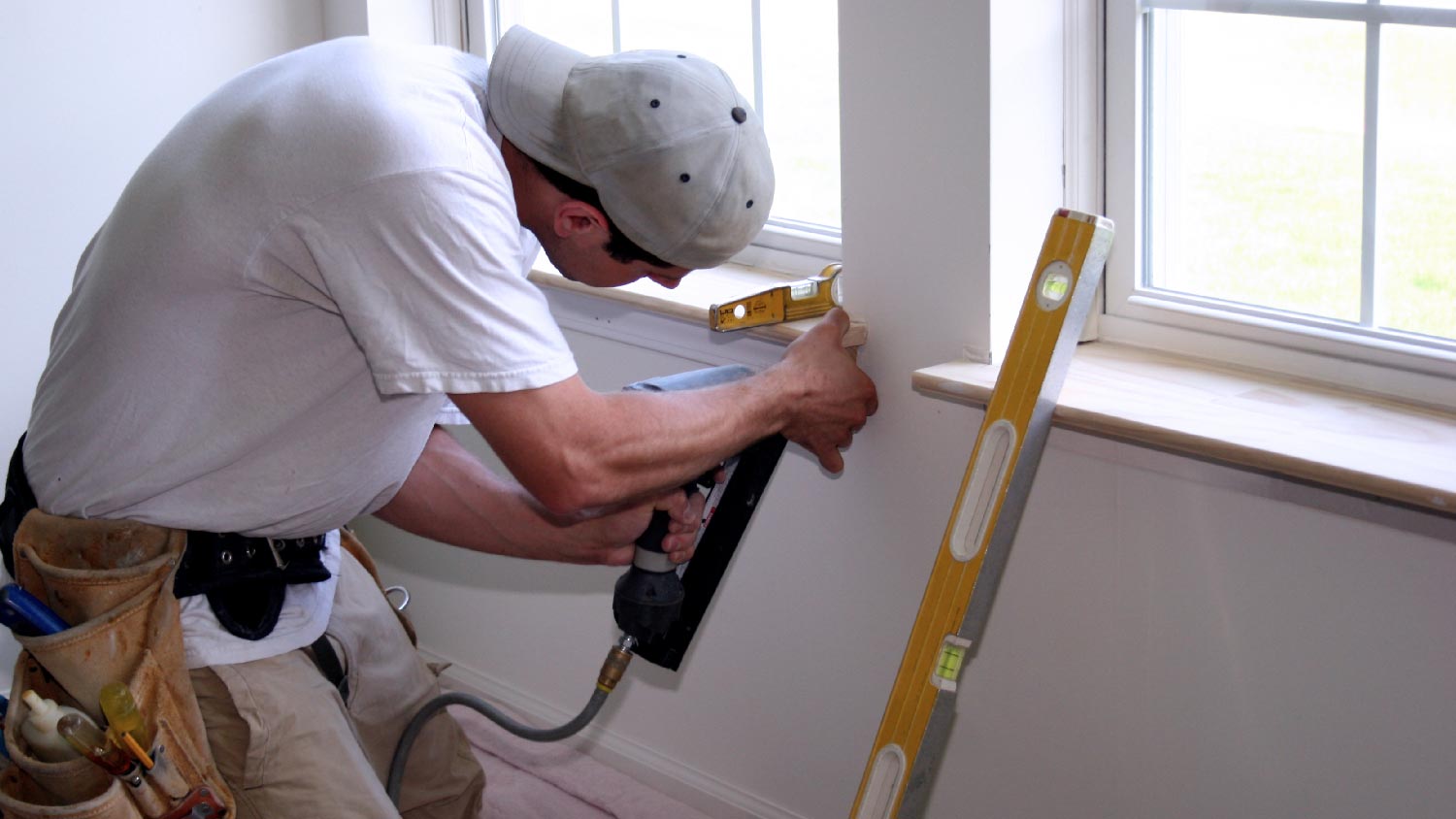
Who replaces window sills? Learn when to hire a window repair company vs. a handyperson or carpenter and what affects cost
Hurricane windows cost an average of $12,455


Hurricane windows cost an average of $12,455, with most homeowners spending within an average range of $4,618 to $20,440.
Window size, frame material, glass type, and labor influence the final price.
Hurricane-rated windows shield your home from extreme weather and flying debris.
Professional installation ensures optimal performance and potential discounts.
Long-term benefits include lower energy bills and increased property value.
This article was updated using automation technology and thoroughly reviewed for accuracy by HomeAdvisor Editor Ryan Noonan.
Installing hurricane windows costs most homeowners between $4,618 to $20,440 or $12,455 on average. That works out to $55 to $100 per square foot. Your total comes down to window size, frame material, number of windows, and local labor rates, so plan a realistic budget and line up a qualified pro before storm season rolls in.
Your total price tag depends on a few key factors, including how many windows you need, their size, and the frame material you pick. On average, standard storm windows cost $55 per square foot for installation. Note that if you opt for custom sizes instead of standard, the cost can increase to $100 or more per square foot.
Size is the single biggest driver of cost—the larger the pane, the higher the cost to buy and install it. The prices below cover one fixed window with no moving parts and don’t include labor.
| Window Size (Inches) | Average Cost |
|---|---|
| 24x30 | $275 |
| 32x36 | $440 |
| 48x44 | $810 |
| 52x44 | $875 |
| 52x60 | $1,190 |
| 60x60 | $1,375 |
| 60x96 | $2,200 |
Impact-window prices rise as the design becomes more complex and additional moving parts are added. Here’s what to expect for common styles:
Fixed storm windows: $90–$200
Two-track storm windows: $150–$350
Three-track storm windows: $300–$400+
Plan on spending between $90 and $400 per window, but you can often secure a small discount if you order all the windows in the house at once.
Most storm window frames come in aluminum, vinyl, or wood. Each material has trade-offs in terms of price, insulation, and upkeep, so the option you choose will affect your overall cost.
Aluminum frames: These are often the most cost-effective choice, priced at $90 to $275 per window. While they offer the least insulation, they can last up to 45 years and require the least maintenance. Clean aluminum frames regularly and repaint them every few years.
Vinyl frames: These are more expensive at $100 to $300 each. They tend to be middle-of-the-road for longevity and insulation, lasting between 20 and 40 years on average with proper maintenance. Vinyl window frames come in fewer styles and colors than other materials.
Wood frames: These cost $175 to $400 each. They offer a natural look and can be painted or stained to match the home exterior. While they offer the best insulation, they have the shortest lifespan. They may only last 10 years, but regular painting and maintenance can extend this to 30 years.
| Frame Material | Average Cost per Window |
|---|---|
| Aluminum | $90–$275 |
| Vinyl | $100–$300 |
| Wood | $175–$400 |
Your price also hinges on what’s inside the glass. Most panes have a PVB or EVA layer for added strength, and many homeowners opt for hurricane film, which costs an average of $350 for a 75-square-foot roll, which can cover 10 24-by-36-inch windows.
Looking to trim the budget? Interior storm inserts cost $24 per square foot, compared to $55 for exterior units. Interior hurricane windows are installed inside your existing windows. This is a good option for preserving the exterior look of your home.
You may choose to supplement your hurricane windows with extra features for added durability, insulation, or ventilation. This can improve energy efficiency, which can reduce your monthly utility bills. These are some common features that you can choose:
Stabilizer bars: Stabilizer bars, which cost $20 to $40 each, boost the structural integrity of your impact windows.
Storm shutters: Storm (hurricane) shutters cost between $1,950 and $5,800, with an average cost of $3,850.
Weatherstripping: The cost of weatherstripping for a storm window ranges from $50 to $200.
Labor for installing storm windows ranges from $30 to $200 per window, or alternatively, $30 to $100 per hour if your local window installation pro charges by the hour.
Permit rules vary from city to city, so check with your local building department to determine if you need one before installation. Most window installers will pull the permits for you.
Standard windows are often cheaper to fix than replace, but impact windows are a different story. Even minor damage can weaken the laminated glass, leaving you exposed in the next big storm, so full replacement is often the safer option.
Depending on the extent of the damage, it may be wiser to replace hurricane windows rather than repair them. Add an average of $50 to your window glass replacement cost for each old window that needs to be removed.
If you live in an area regularly at risk of severe storms and hurricanes, impact windows can be a worthy investment. At the same time, there are some downsides you may want to consider.
There are many upsides to installing hurricane windows on your home:
No set-up time when a storm comes
Designed to resist impact from high winds, debris, and even burglars
May block UV rays
Improve energy efficiency
May reduce home insurance costs
Some disadvantages of hurricane windows may give you pause before completing this home improvement project:
High upfront cost
May yellow over time
Not always as visually attractive as standard windows
More maintenance is required than standard windows
May decrease natural light coming into the house
Storm-rated windows can return an average of 80% of what you spend, and as high as 86% in hurricane hot spots. If you’re considering selling or refinancing in the next few years, the bump in value, combined with added curb appeal, can make the upgrade well worth it.
Even if you have no plans to sell your home soon, hurricane-resistant windows can provide peace of mind during heavy storms and high winds, helping to prevent costly home repairs. Impact windows may also reduce utility bills and the cost of home insurance.
Hurricane-rated windows aren’t cheap, but the tips below can help you bring the price down:
Choose fixed windows: Impact windows with no moving parts can be considerably cheaper than hung or sliding windows.
Select aluminum window frames: Aluminum is the most budget-friendly material for window frames and tends to last the longest.
Look for tax incentives: Energy-efficient storm windows may qualify for a 30% tax credit, up to a maximum of $600, helping to offset the project cost.
Talk to your insurance agent: Hurricane windows provide added wind protection, so you may enjoy a discount on your homeowner’s insurance policy.
Book early: Contractors may be busy during hurricane season, so schedule your window installation during the off-season when they are more likely to be available for negotiation.
Invest in added protection: While features like adjustable ventilation stops and weatherstripping add to your upfront costs, they can pay for themselves in the long run with greater stability and lower utility bills.
No place is more important than your home, which is why HomeAdvisor connects homeowners with local pros to transform their houses into homes they love. To help homeowners prepare for their next project, HomeAdvisor provides readers with accurate cost data and follows strict editorial guidelines. After a project is complete, we survey real customers about the costs to develop the pricing data you see, so you can make the best decisions for you and your home. We pair this data with research from reputable sources, including the U.S. Bureau of Labor Statistics, academic journals, market studies, and interviews with industry experts—all to ensure our prices reflect real-world projects.
From average costs to expert advice, get all the answers you need to get your job done.

Who replaces window sills? Learn when to hire a window repair company vs. a handyperson or carpenter and what affects cost
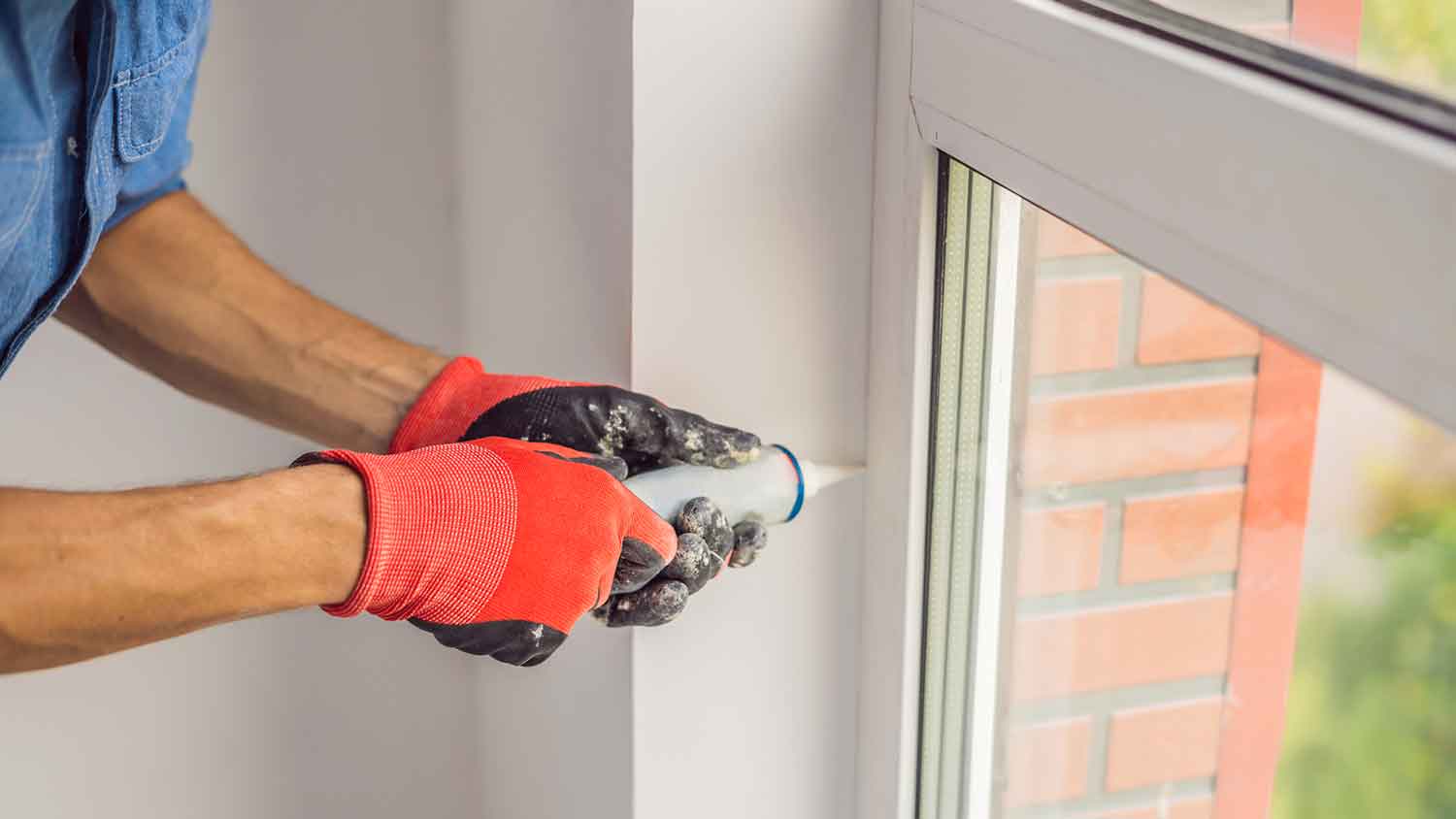
Who to call for window leak repair? Learn which pro fixes leaky windows, repair steps, and costs so you can hire with confidence
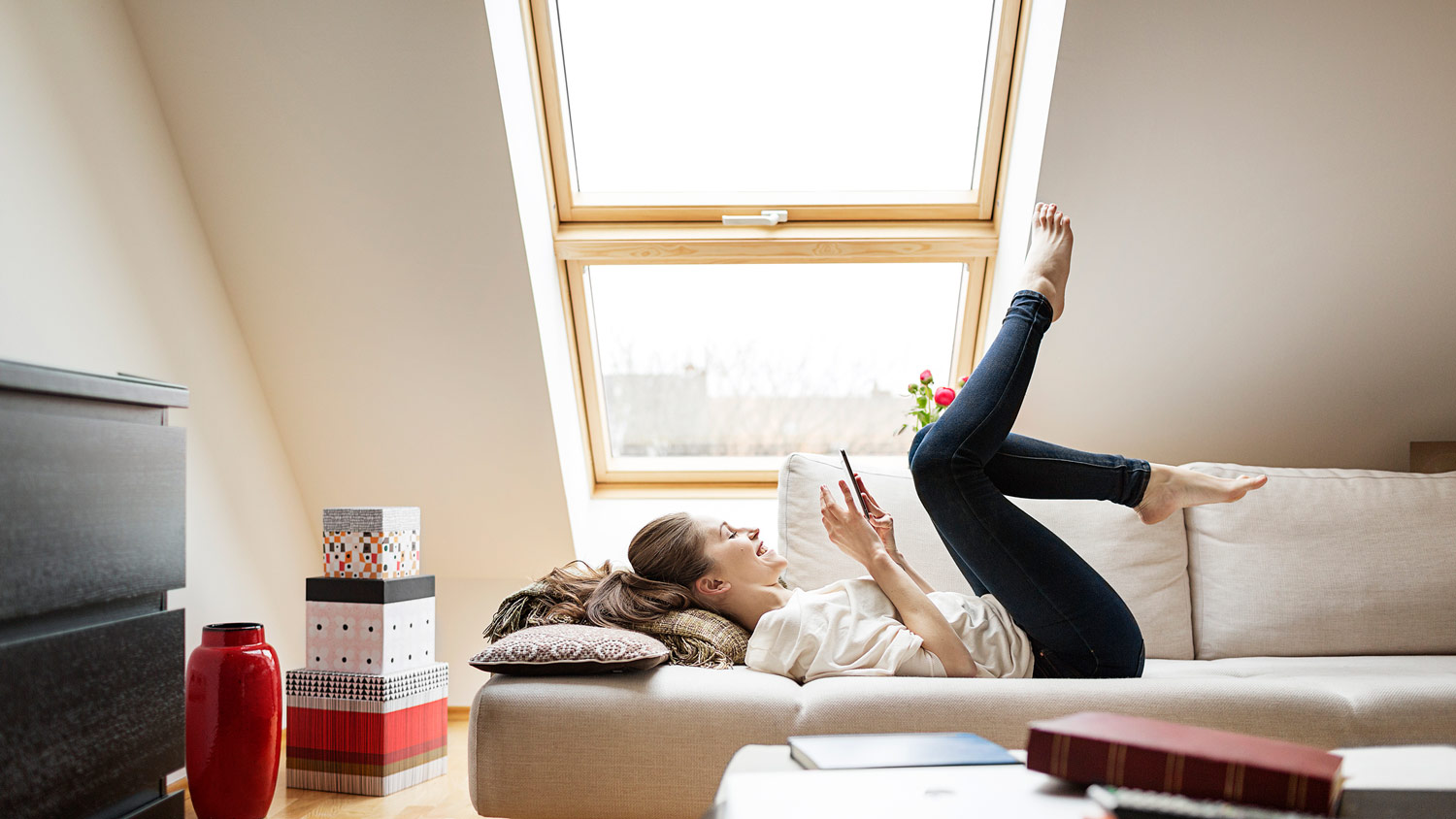
Wondering who to call to fix an egress window? Learn whether to hire a window repair specialist, general contractor, or handyperson and what they do.
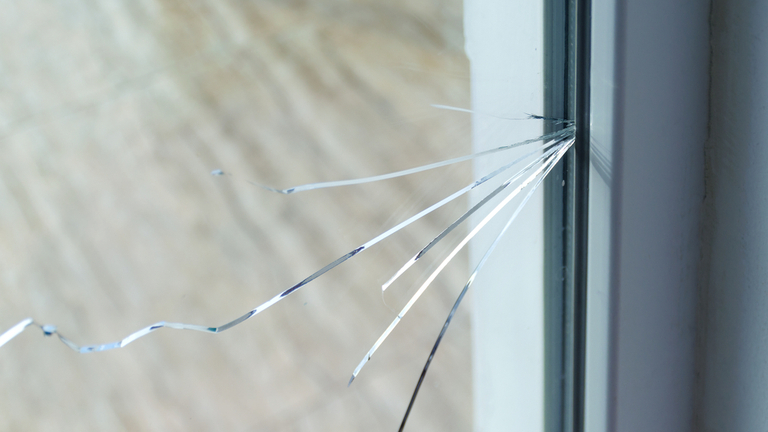
Who do you call to fix a broken window? Learn whether to hire a window repair team or a handyperson, how pros work, and what affects cost.
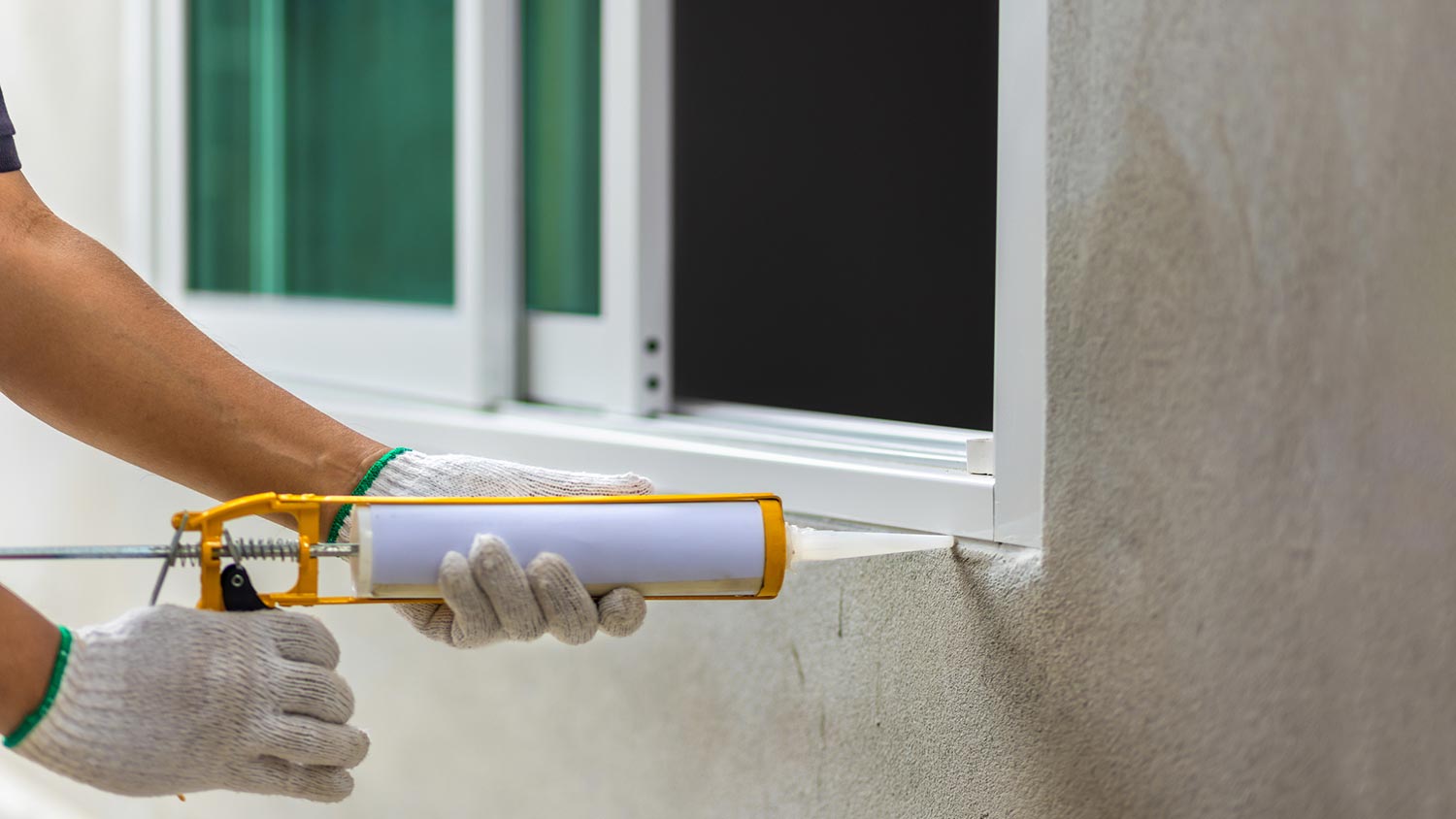
Who to hire to caulk windows? Compare a window repair team vs. handyperson, see what pros do, and learn the typical rates for pros.

Discover the average cost of window repair in 2025, including common repairs, window types, and factors that influence pricing. Learn whether DIY or professional services are the best option for your window repair needs.